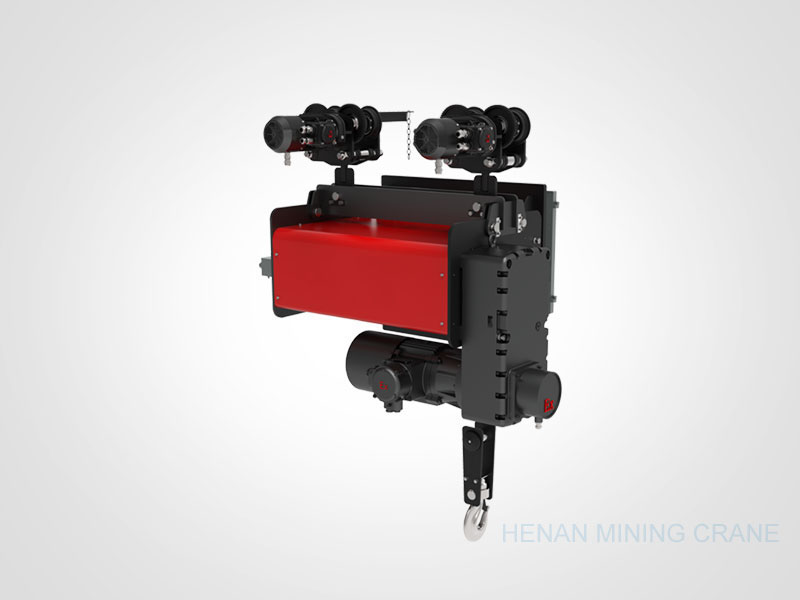In powder metallurgy production, molding is the second procedure after powder preparation. Its purpose is to provide prepressed compacts for the next compaction process (such as sintering forging, extrusion hot pressing or hot isostatic pressing, etc.). Sintering of metal powder compacts is one of the main methods for making metal powders into alloy materials. In the sintering process, the compact size and density change as well as the press forming, but the biggest difference is that the connection of the particles in the compact is a mechanical meshing, and the sintered sintered body particles adhere to the agglomerate. The sintering behavior of the green compact during sintering (such as the growth of granule polycrystalline grains, shrinkage of pores, and changes in density, etc.) has a great influence on the performance of sintered compacts after sintering.
The most critical problem in the preparation of nanomaterials by nanocrystalline powder sintering is the control of grain growth in the sintering process and the improvement of the density. Therefore, the study of the sintering behavior of the nanopowder in the green sintering process is the primary problem in the preparation of nanomaterials. The use of new powder metallurgy technologies (such as hot isostatic pressing, explosive consolidation, and electric spark sintering) to prepare nano-solid materials is one of the most concerned issues for material scientists. Based on the study of W-Cu mechanical alloying and the cold press forming of nanocrystalline W (Cu) alloys, the author further studied the sintering behavior of nanocrystalline W (Cu) alloys during vacuum sintering.
1 Experimental method 1.1 Sample Preparation First, the pure W powder and pure Cu powder (according to chemical formula W70CU30) were mixed and ball-milled with a ball-to-bulb ratio of 10:1. After milling for 50 hours, nanocrystalline W (Cu) alloy powder was obtained; then 10 g of fine powder was subsequently added. Molding (approx. 0.5cm400c, protected by argon atmosphere). After reaching the predetermined sintering temperature, heat for 30 minutes. Finally, the vacuum furnace tube is quenched and cooled.
SEM analysis and density and hardness tests.
1.2 The main experimental equipment stand S-530 SEM; HX-200 microhardness tester.
2 The experimental results and analysis are the curves of the density, hardness and sintering temperature of the sintered body obtained at different vacuum sintering temperatures. It can be seen that: As the sintering temperature increases, the density of the sintered body first decreases, and then gradually increases. This phenomenon occurs because the sintered compact is prepared using the cip process. In order to prevent high-pressure oil from infiltrating into the powder compact and affect the phase change in the sintering process, a method of sealing with a latex sleeve is adopted. However, this sealing method makes it impossible for the gas in the jacket and between the powder particles to escape during the CIP molding process. A part of the gas is trapped in the powder compact (the density of the CIP compact is about 75%). As the sintering temperature increases, the closed gas inside the powder body will expand and escape the sintered body, causing a decrease in the density of the sintered body.
The figure is a SEM photograph of the sintered body after sintering at different sintering temperatures. In (a), the pore-induced powder loose state can be clearly seen; (b) shows that at 500C, the powder particles inside the sintered body are still in an "independent" mechanically-meshed state and no particles are generated. Melting between. In the middle, when the temperature is raised to 800C, the density of the sintered body increases, and its density can reach 77%. This shows that the residual gas inside the powder has escaped, and at the same time, melting phenomenon occurs between the powder particles.
Although the melting point of pure W metals is as high as 3410C, the melting point of W-based alloys is mostly around 3 000C, but when the metal powder particles
Electric hoist is a device that is used to lift or lower heavy loads using an electric motor. It consists of a motor, a gearbox, a lifting mechanism, and a control system. The lifting mechanism is typically a chain or wire rope that is wound around a drum. The control system allows the operator to control the speed and direction of the hoist. Electric hoists are commonly used in industrial settings such as factories, warehouses, and construction sites. They are often used to lift heavy machinery, equipment, and materials. Electric hoists are safer and more efficient than manual hoists, as they require less physical effort from the operator and can lift heavier loads.
Electric hoist is core parts for the Overhead Crane, Gantry Crane , Jib Crane , and other types of cranes, the lifting capacity from 0.2 ton to 600 ton, the lifting height from 3 meters to 50 meters.
There are many different types as per different using location or different purpose or different safety requirements, such as fixed Chain Hoist ,
Intelligent Servo Electric Hoist, explosion proof Electric Wire Rope Hoist, low headroom electric wire rope hoist, European type wire rope hoist,
etc.
Electric Hoist,Tandem Structure Wire Rope Hoist,Mature Explosion Proof Electric Hoist,Movement Dead Slow Electric Hoist
HENAN MAJOR INDUSTRIES IMP. & EXP. CO., LTD. , https://www.henanminingcrane.com